Compare Loan Types:

What is a Introductory Home Loan?

Introductory rate home loan is often referred to as honeymoon loans.
The reason they've picked up this name is due to the initial low introduction alley rate acting like a honeymoon period for the borrower. These loans work particularly well for first home buyers and those experiencing budget issues. The purpose of an introductory loan is not to entice borrowers into mortgages that they cannot afford in the future.
What Is the Purpose of an Introductory Loan?
An introductory loan is specifically designed to help the borrowers experience an easier transition into paying a mortgage.
When the borrower begins to make payments at the initial lower rate, the future periodic payments will not be as high. For first-time home buyers, this is especially beneficial.
How Long Does an Introductory Rate Last?
In most cases, lenders offer introductory rates that last between one and two years. That gives a borrower enough time to settle into the mortgage before having to pay more.
Is an Introductory Loan Always Affordable?
After the honeymoon period is over, the mortgage repayments may no longer be affordable as the initial rate discount is no longer applicable. This is taking into account the new rate and the borrower's financial status. For example, a borrower who gets a mortgage but has a pay reduction before the introductory rate ends may not be able to afford the new rate.
If the rate is fixed, the borrower has a better idea of what to expect. However, with a variable mortgage rate, the loan may be more expensive than planned if rates rise after the introductory period. Interest rates could also fall, which would make the variable mortgage more affordable than planned. Rate fluctuation is the biggest concern when borrowers consider adjustable rates after an introductory rate.
Is an Introductory Rate Guaranteed?
A guaranteed rate is similar to an introductory rate. The main difference this offers is a discount below the bank standard variable rate and this discount usually only lasts for one year. There are also fixed introductory rates, which are specific discounts. A variable introductory rate fluctuates just as standard rates do.
Brokers typically recommend this option when rates are likely to decrease, and borrowers can take advantage of falling rate benefits. They stay current with what the reserve bank decides and can better determine whether variable rates will rise or fall for the upcoming year. For those who cannot afford any unpredictability, a fixed introductory rate may offer more peace of mind.
What Are Common Introductory Rate Percentages?
According to the Australian Securities and Investments Commission, lenders cannot charge borrowers more than 48 per cent APR on a mortgage. Variable rates depend on the Reserve Bank of Australia's trends. Loan rates also depend on credit history and other factors. Average loan rates vary between 3.39 and 7.69 per cent depending on the type of loan.
In comparison, introductory rates are usually a discount percentage below a fixed rate. For example, they may fluctuate on a base percentage such as .50 per cent. Some variable discount rates may be up to five per cent lower than the standard rate.
These are answers to some of the most common questions that borrowers have when they consider introductory mortgages. If you think that an initial loan may fit your needs, one of our professionals can review these concerns and other important issues with you. We take your finances, your goals and other aspects into account to help you make the right decision for your budget and your future.
Pros of Introductory Home Loans
- The principal amount borrowed can reduce quickly during this period
- This loan normally has the lowest available interest rate available
Cons of Introductory Home Loans
- Lenders may limit extra repayment during the introductory period
- Some lenders charge fees for this loan
- When the introductory period ends, borrowers may have difficulties with the new repayment amount
Our Lenders

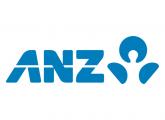
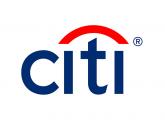

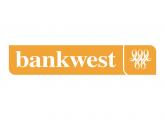
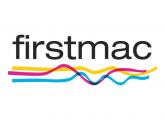

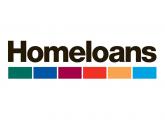
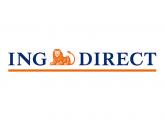
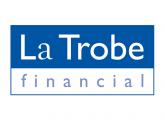
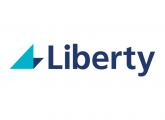
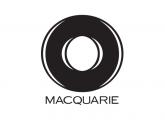
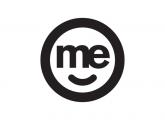
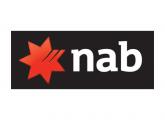


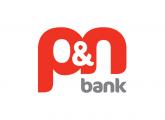
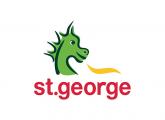

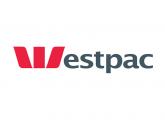
Enquire With Us Today
